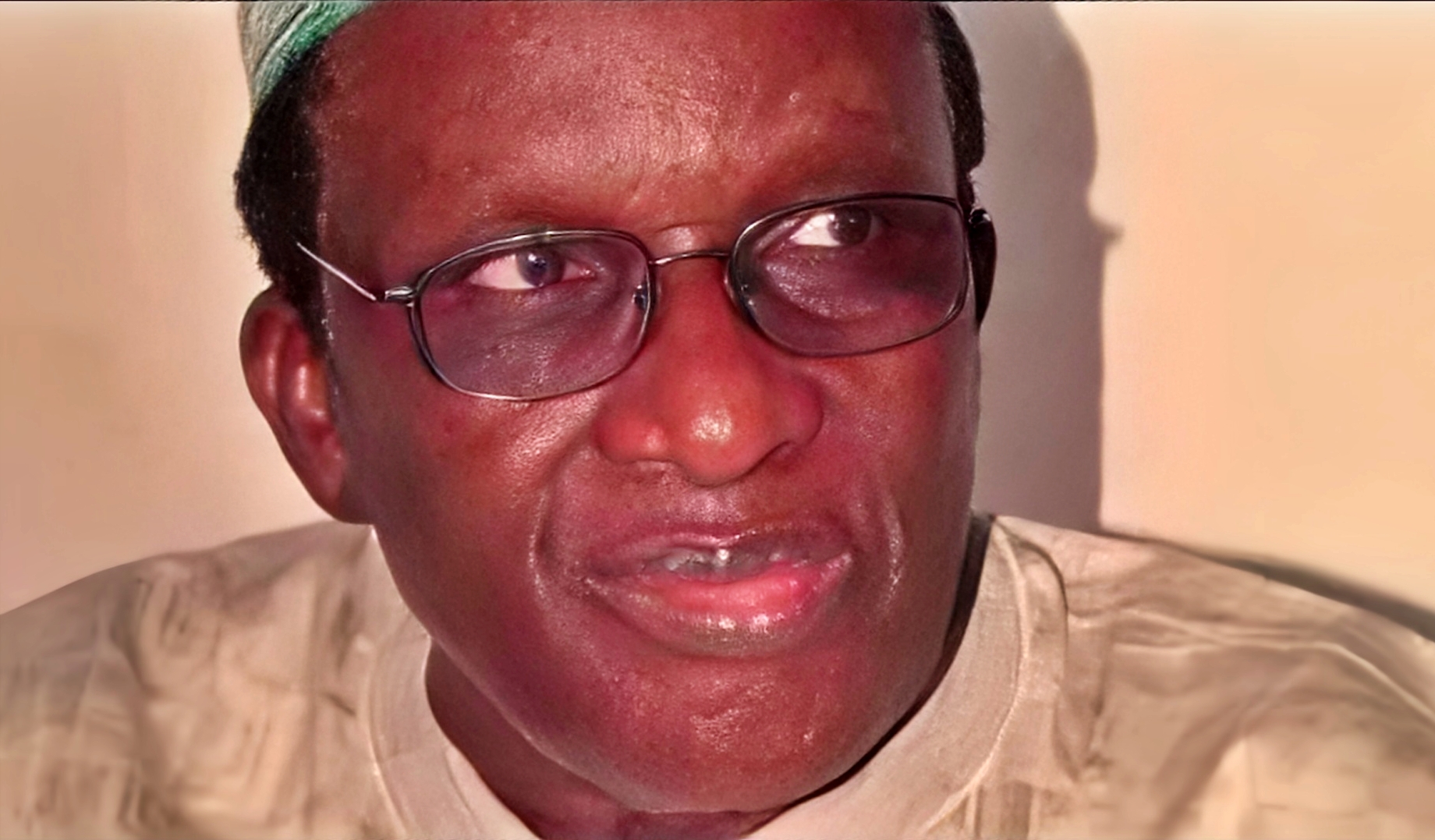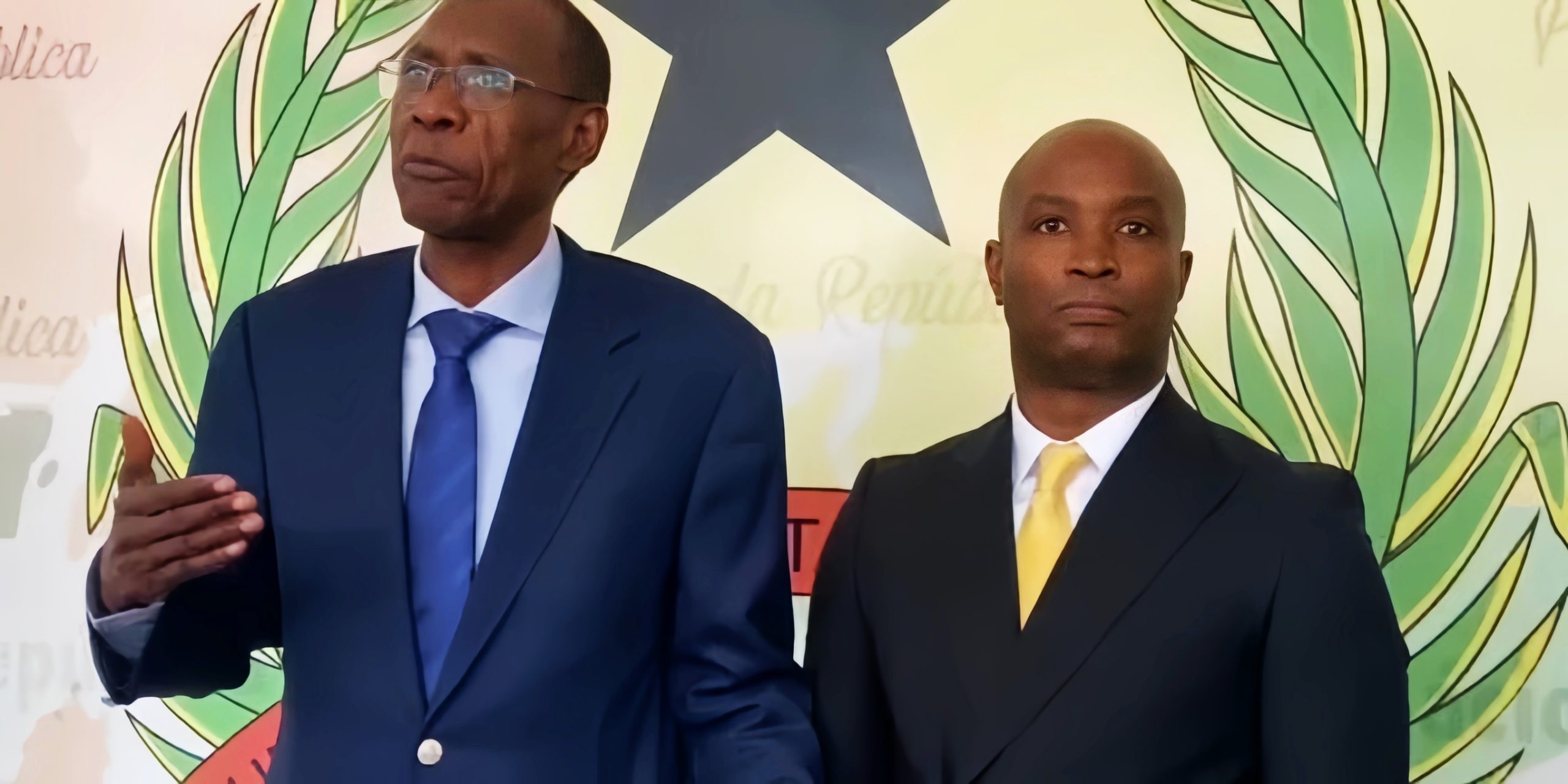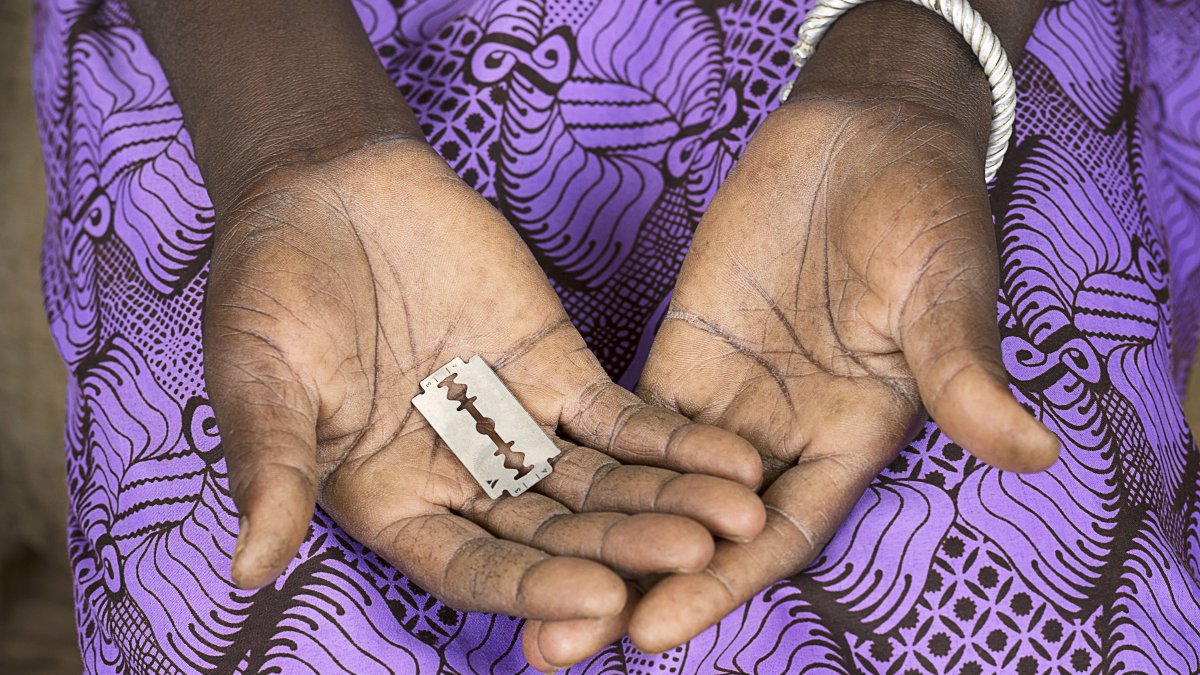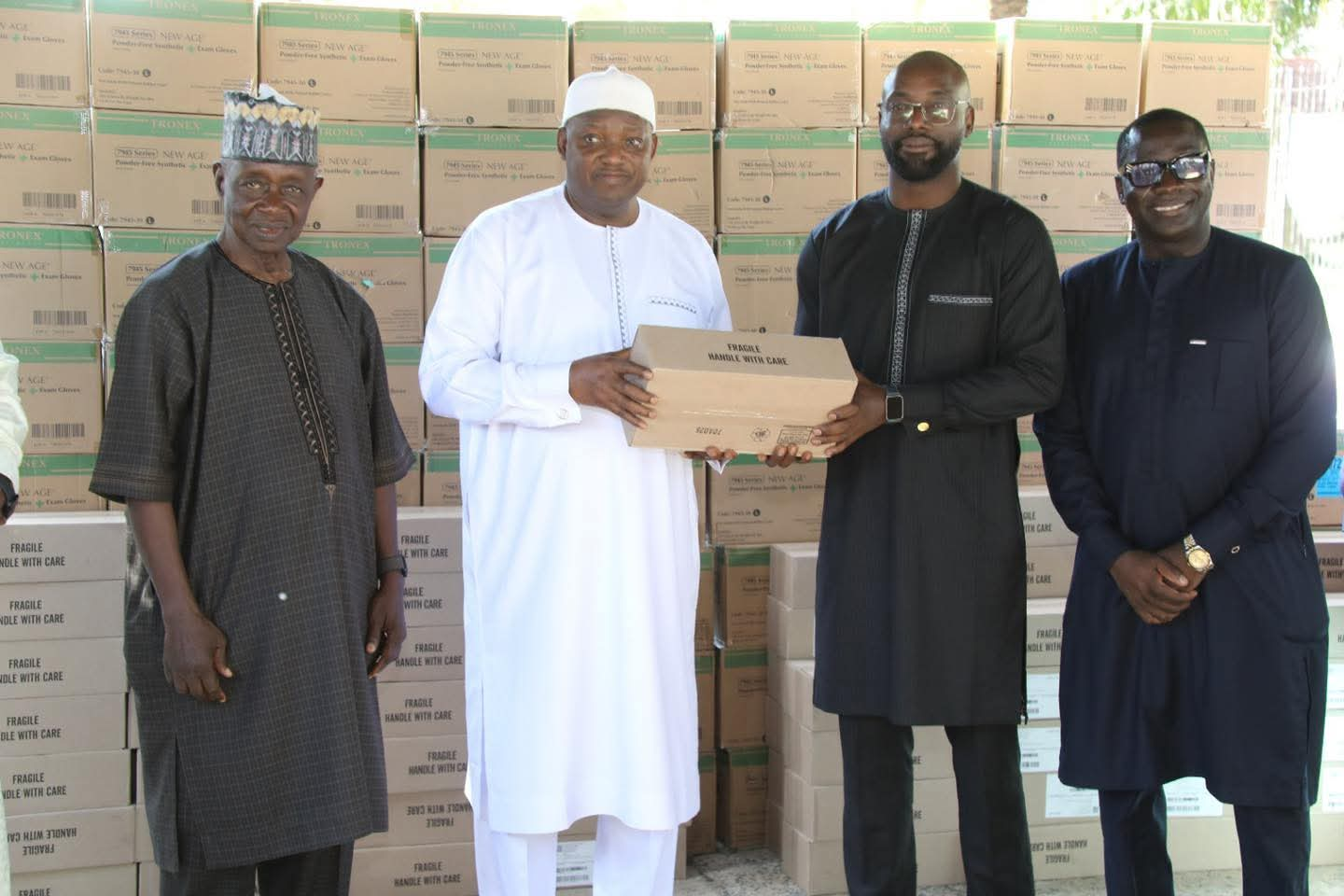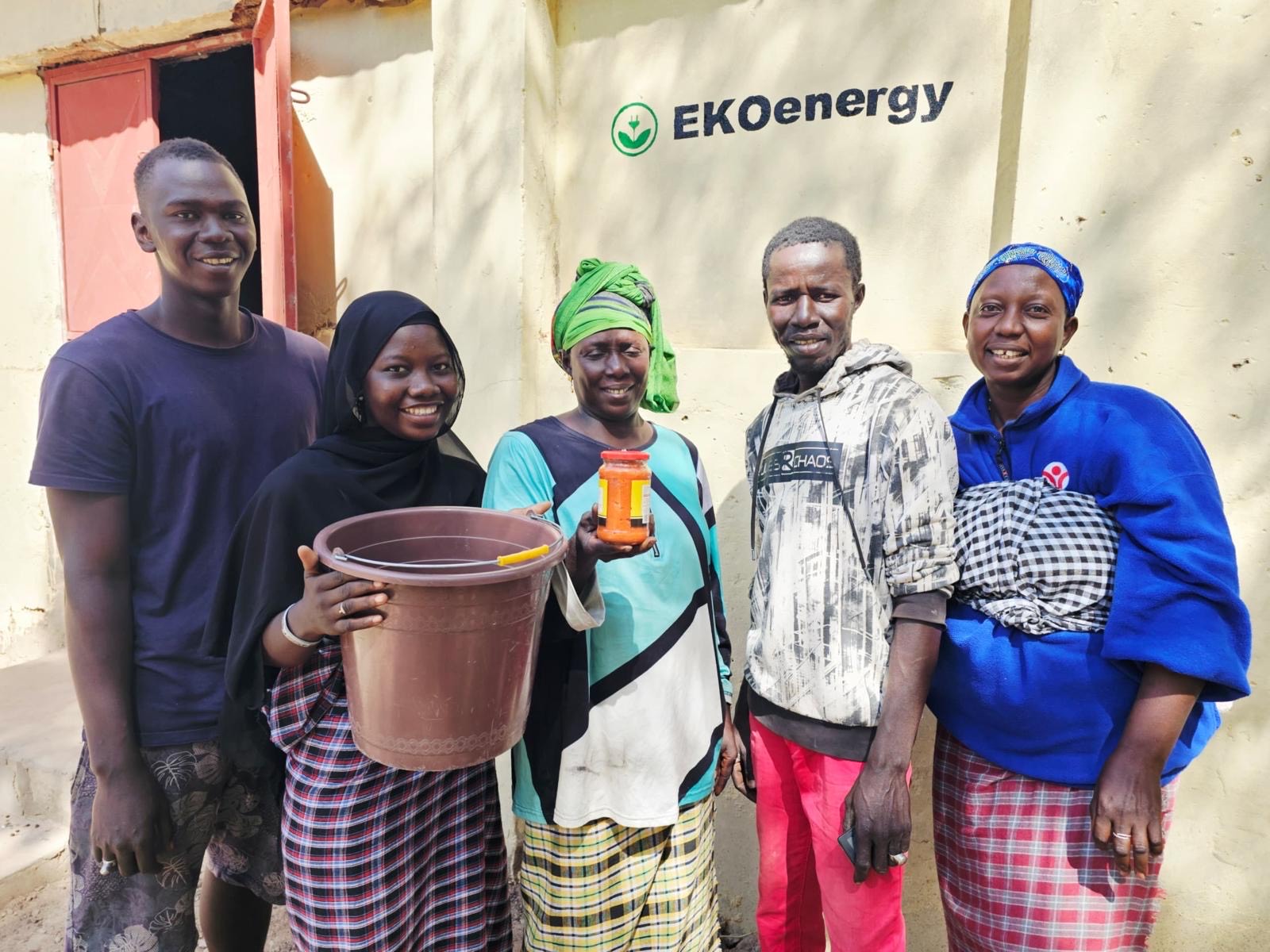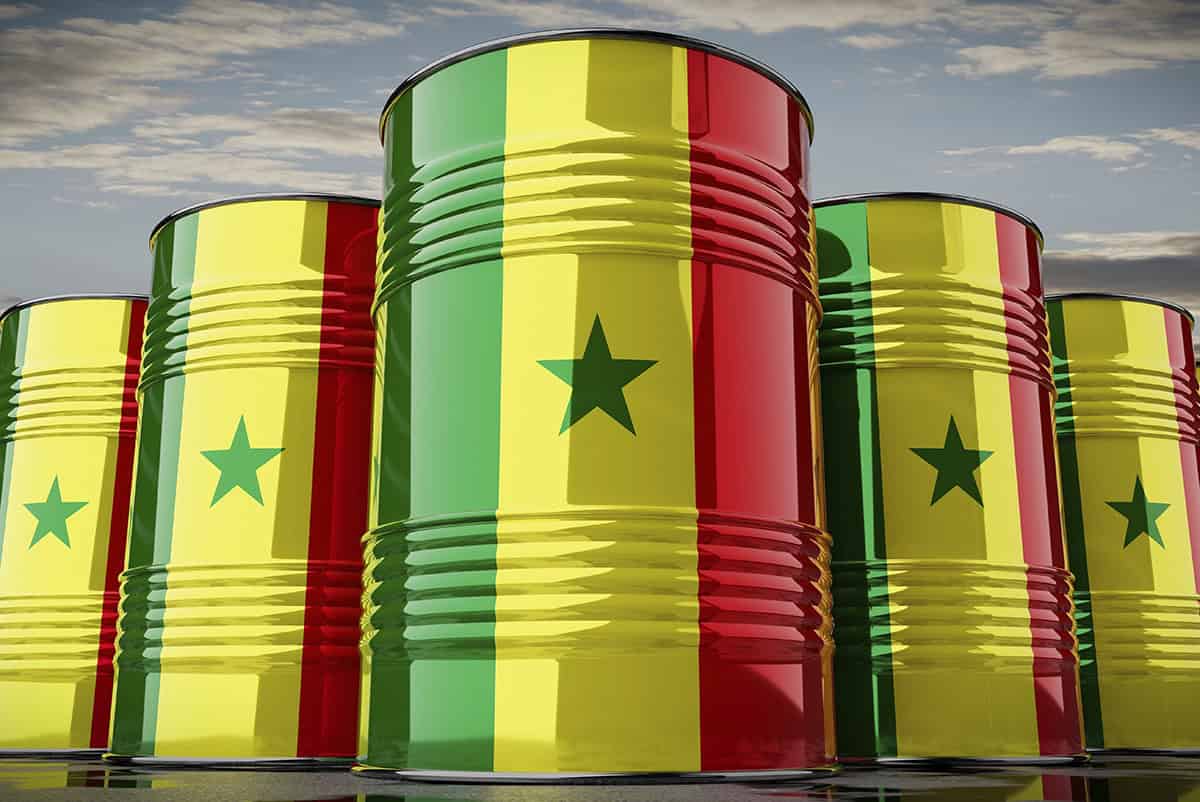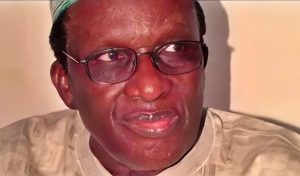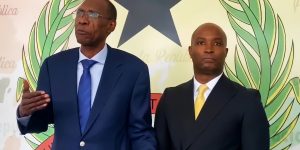Gambiaj.com – (Dakar, Senegal) – Senegal’s economy has seen a historic surge, with a remarkable 8.9% increase in Gross Domestic Product (GDP) in the third quarter of 2024, driven largely by the burgeoning oil sector. According to data from the National Agency for Statistics and Demography (ANSD), the country’s economic performance is primarily attributed to the exploitation of the Sangomar oil field, inaugurated in June 2024, which alone accounted for 6.8 percentage points of GDP growth.
The Australian oil giant Woodside Energy, which oversees the Sangomar project, has been a key player in this economic transformation. With the production target of 100,000 barrels per day from the Sangomar field, located about 100 kilometers south of Dakar, Senegal is positioned to become a regional energy powerhouse. In total, the industrial sector saw an impressive growth of 32.1%, a significant contributor to the overall economic expansion.
The surge in the industrial sector was complemented by gains in the primary and tertiary sectors, which grew by 4.6% and 1.3%, respectively. These figures, highlighted by Jeune Afrique, signal an overall positive outlook for the country’s diversified economic landscape. Financially, Senegal’s nominal GDP now stands at 4,815 billion CFA francs (more than 7.3 billion euros), with the industrial sector’s contribution rising from 899.3 billion to 1,164.3 billion CFA francs. Notably, the extractive sector’s value more than tripled, reaching 371.4 billion CFA francs in Q3 2024, compared to just 106.9 billion CFA francs in the previous quarter.
Despite these impressive numbers, questions are being raised about the future trajectory of Senegal’s oil-driven boom. As highlighted by Jeune Afrique, the Faye-Sonko administration, led by President Bassirou Diomaye Faye and Prime Minister Ousmane Sonko, is aiming to revisit and potentially renegotiate existing contracts with foreign operators, including Woodside Energy. The government’s new direction is focused on ensuring a more favorable deal for Senegal, seeking to “rebalance” the terms of agreements established during the previous administration under President Macky Sall.
The Faye-Sonko team is aiming for a more equitable share of revenues from the country’s oil and gas reserves, which, according to initial projections, could generate approximately 700 billion CFA francs annually over the next 30 years from the Sangomar and Grand Tortue Ahmeyim (GTA) fields. However, with a contested tax adjustment of over 41 billion CFA francs now hanging over Woodside, it remains to be seen whether the new contract renegotiations will affect production targets and the pace of development in Senegal’s oil sector.
As the country prepares for the anticipated start of gas production from the GTA field in 2025, industry observers are keeping a close eye on the unfolding tension between Senegal’s government and international energy companies. The coming months will likely be critical in shaping the future of Senegal’s energy industry and its broader economic strategy.
Senegal’s economic momentum is undeniable, but whether the government’s push for renegotiations will hamper future investments or bolster the country’s economic standing remains an open question.



